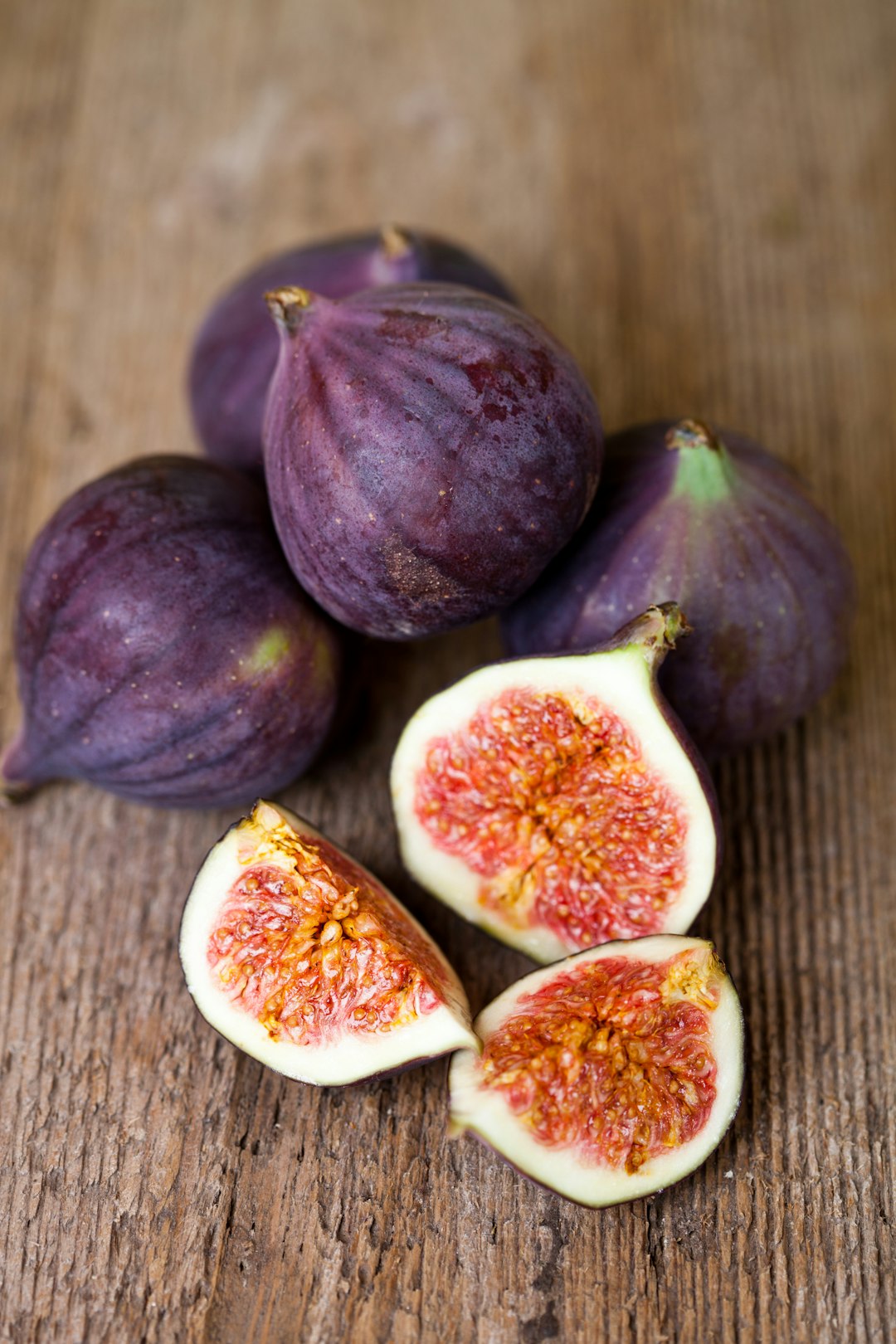The Secret to Picking Perfect Figs from Your Tree

Edible gardening is a rewarding hobby, and growing fruit, especially figs, can be a delightful addition to your garden. Figs are not only delicious but also relatively easy to grow. However, knowing when to pick them is crucial to ensure the best flavor and to avoid damaging the plant or getting sticky sap everywhere. In this article, we'll explore the signs that indicate a fig is ripe for picking and provide some harvesting tips.
Figs have a unique ripening process. Unlike some fruits that continue to ripen after being picked, figs reach their peak flavor and texture only when left on the tree until they are fully ripe. So, how can you tell when a fig is ready to be plucked?
Appearance
One of the first signs of a ripe fig is its color. Depending on the variety, ripe figs can range from green to purple, brown, or even black. For example, the Brown Turkey fig turns a deep brownish-purple when ripe, while the Kadota fig remains green but develops a slightly yellowish tint. In addition to color, the skin of a ripe fig should be smooth and slightly soft to the touch. Avoid figs that are overly hard or have a wrinkled, shriveled appearance, as these may be underripe or overripe.
Shape
Another visual clue is the shape of the fig. Ripe figs tend to droop or hang lower on the tree compared to unripe ones. They also become more plump and full, with a rounded bottom. If the fig is still upright and has a more pointed shape, it may need more time to ripen.
Taste
Of course, the ultimate test of a ripe fig is its taste. If you're unsure whether a fig is ready to be picked, you can sample one. Gently twist the fig off the tree and take a small bite. A ripe fig should be sweet, juicy, and have a rich, complex flavor. If the fig tastes bland or has a slightly bitter aftertaste, it may not be fully ripe.
Harvesting Tips
Once you've determined that a fig is ripe, it's time to harvest it. Here are some tips to ensure a successful harvest:
- Use the right tools: To avoid damaging the fig or the tree, use a pair of sharp pruning shears or scissors to cut the stem of the fig close to the branch. Avoid pulling or tugging on the fig, as this can cause the sap to ooze out and may damage the plant.
- Wear gloves: Fig sap can be sticky and may cause skin irritation in some people. To protect your hands, wear a pair of gardening gloves when harvesting figs.
- Harvest at the right time: Figs are most likely to be ripe in the morning when the temperature is cooler. This is also when the figs are at their freshest and have the highest sugar content. Avoid harvesting figs in the heat of the day, as they may be more prone to spoilage.
- Handle with care: Figs are delicate fruits and can bruise easily. To prevent damage, place the harvested figs in a shallow container or basket lined with a soft material, such as a towel or paper towel. Avoid stacking the figs on top of each other, as this can cause them to crush.
- Store properly: Fresh figs are highly perishable and should be eaten or stored in the refrigerator as soon as possible. To extend their shelf life, you can also freeze figs or make them into preserves, jams, or chutneys.
In conclusion, knowing when to pick figs is essential for a successful edible gardening experience. By paying attention to the appearance, shape, and taste of the figs, you can ensure that you're harvesting them at the peak of their ripeness. And by following these harvesting tips, you can avoid damaging the plant and enjoy the delicious fruits of your labor.
So, the next time you're out in your garden, take a closer look at your fig trees. With a little practice and patience, you'll be able to tell when the figs are ripe for picking and enjoy the sweet, juicy flavor of fresh, homegrown figs.